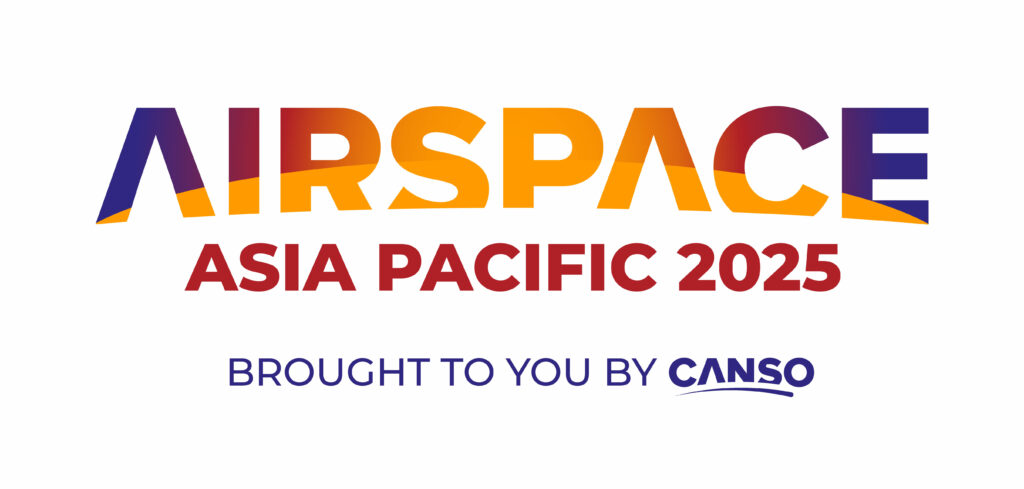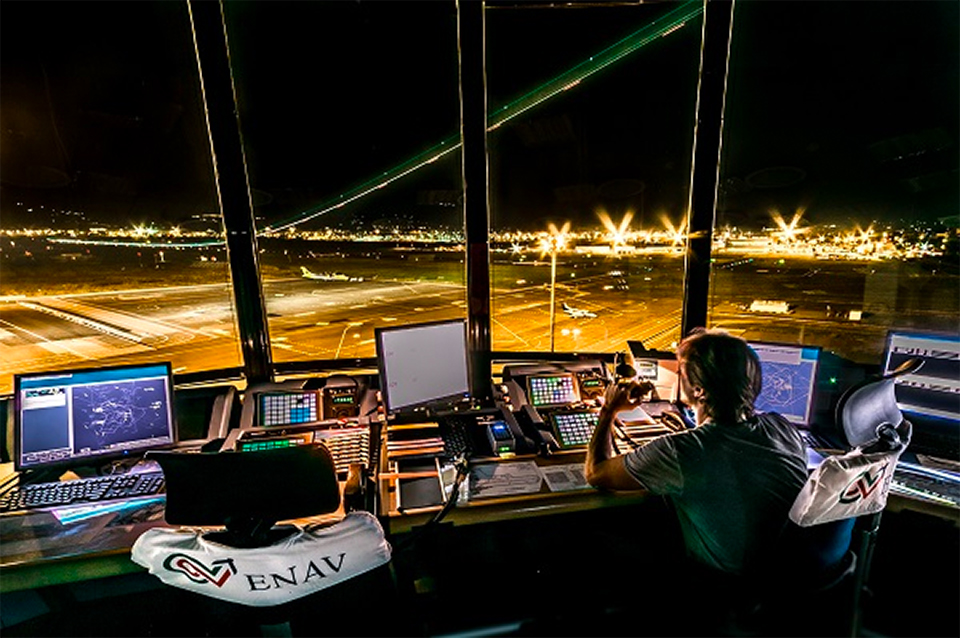The world of airspace according to Airspace World
Slowly but surely, Airspace World is shaping a new airspace world order.

In 1910, States met in Paris for the International Air Navigation Conference. This was the first attempt to establish a global aviation order, but it stalled over competing airspace concepts. It was not until 1919, with war as a midwife, that the Paris Convention emerged as the first international agreement on air navigation. This was eventually superseded by the Chicago Convention in 1944 which established the current underlying order for aviation.
History provides context. Aviation as we know it today is born in the space of public policy, framed by international politics. Today, the world is still plagued by several airspace divides. Apart from the divide of international vs national airspace, there are divides between military and civil, and manned and unmanned airspace.
A twenty-year career in the Air Force and a similar time span in civil aviation has convinced me that there are no easy answers to airspace challenges. Looking around the world today, there are growing instances of encroachments into civil use of airspace. The rise of national conservatism will fuel more tensions. They are like speed bumps along the highway of aviation.
However, difficulties should not stop our quest for a better future sky. Our beginning does not have to define our destiny. Airspace concepts are not static. New possibilities exist beyond public policy or international politics today.
Pontificating further, the megatrend of ATM digitalisation can bridge divides. Far too often, we only see the physical aspects of ATM and overlook its higher abstraction which is about airspace. While the existing order is predominantly decided by State actors, the ATM industry can be a countervailing force for a new equilibrium. The airspace challenge can also be framed in the digital space. Airspace through a geographical lens is fragmented, but through a digital lens, it is seamlessly interconnected. This perspective shifts aviation’s state centricity to industry centricity.
One underrated but concrete example is space-based ADS-B. Its significance goes far beyond being a surveillance equipment. There was a time when radar was the only means of airspace surveillance. Radar is terrestrial bound, and its coverage is limited by national boundaries. Radar information used to be jealously guarded by the military. Today, we have space-based ADS-B. It is providing ubiquitous airspace coverage, granted only of cooperative aircraft, but it is good enough for civil aviation. Importantly, the business model has changed. Users buy ADS-B data from anywhere in the world as a commercial service. As this global surveillance information is fused with more aviation data, we derive new insights and value. The civil airspace has become more transparent and connected. Transparency will drive responsible behaviour and accountability.
Increasingly, more ATM virtualisation tools will be developed, and they will further delink airspace services from the dictates of geography. We need an industry platform to showcase such breakthroughs and socialise the new ideas.
Airspace World is one such industry platform. This major event gathers ANSPs and technology companies to learn, connect, and collaborate. Airspace World 2024, successfully completed in March, had well over 100 panels discussing a range of airspace topics. The Executive Summit at the start of the event was on AI by Dr Mark Esposito, a thought leader on the Fourth Industrial Revolution. Despite the potential of AI, Esposito’s most memorable line was that culture matters more than technology. How then can we change culture of airspace? In-person exchanges through Airspace World is part of the answer.
The name Airspace World underlines the ambition for a promising vista through discourse of a serious subject. Far from being just an exhibition for vendors to hawk their wares, Airspace World is a forum for strategic conversations on the future of airspace. New technological enablers give us the initial level of innovation. The more powerful innovation comes when we derive new mental models of airspace. Hence, the dialogue is not just between operational and technical experts, but also policy makers.
No Asian States attended the International Air Navigation Conference in 1910. But Airspace World is planning an Asian chapter. Apart from greater participation from the region, the theme and content for the conference programme is tailored to address the pressing issues in Asia Pacific airspace.
An Asian chapter will sharpen the region’s attention on ATM, and raise the level of discussion on ATM. It can tee up important conversations and connect the regional ANSP community. Unlike Europe which has a long history of working with cross-border institutions, the Asia Pacific region will have to be creative in replacing its fragmented airspace with a digital infrastructure.
And so I am especially proud that we have announced Airspace Asia Pacific. A new airspace world order is being shaped for the industry by the industry.





